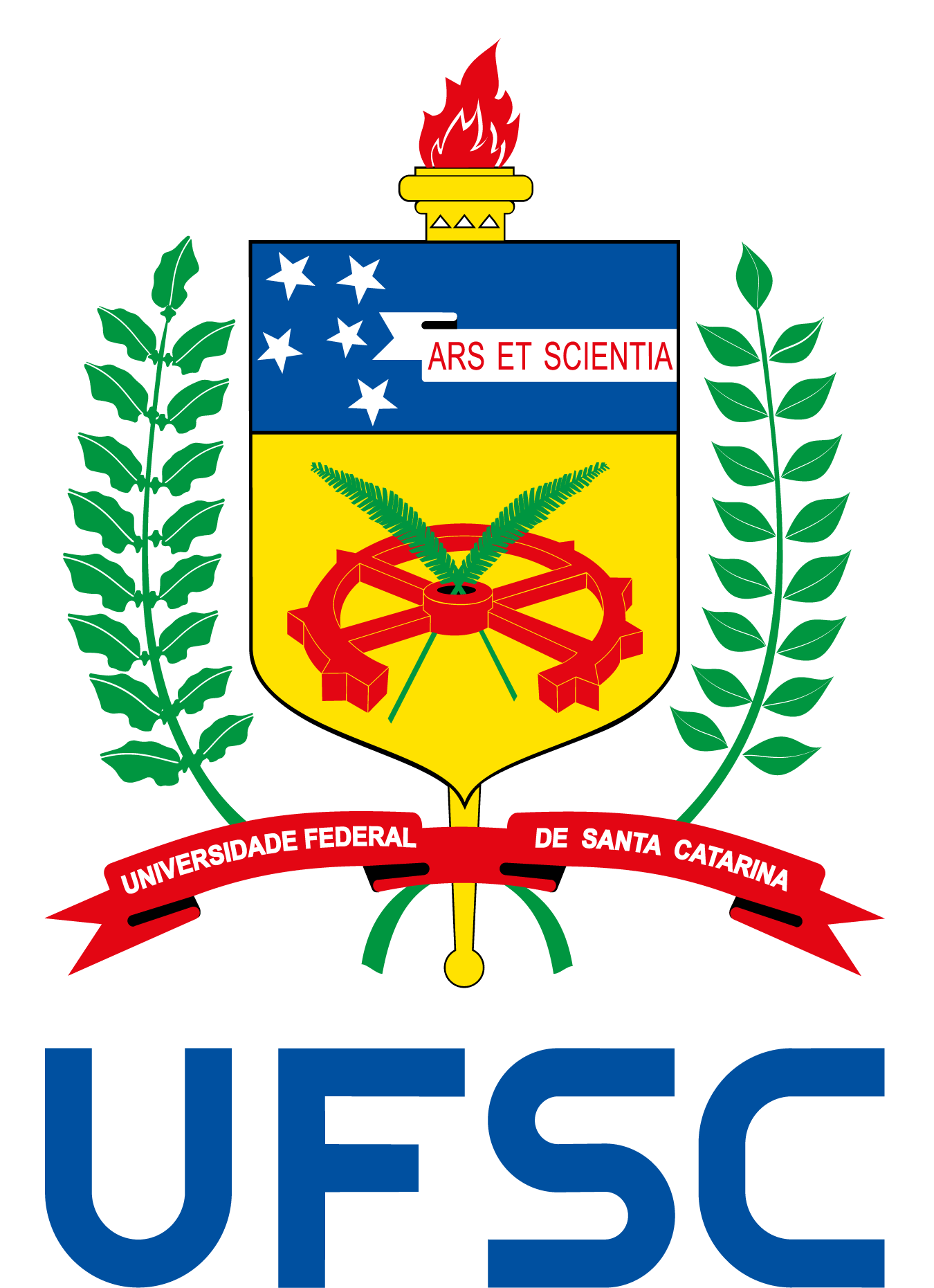Influence of sugar label formats on consumer understanding and amount of sugar in food choices: a systematic review and meta-analyses
Acesse a publicação aqui.
Resumo
Context: Reducing population intakes of sugar has become a focus of many national and international public health policies. Packaged foods and beverages are key contributors to sugar intakes, and food labels can be an effective tool to reduce sugar consumption.
Results: Twenty-three studies, which examined 39 comparisons, were included. Label formats using “high in sugar” interpretative texts (traffic light labels [MD 41.6; 95%CI 37.9–45.4] and warning signs [OR 1.33; 95%CI 1.0–1.78]) were most effective in increasing consumers’ understanding of the sugar content in packaged foods. Health warning messages (SMD −0.32; 95%CI −0.43 to −0.22), graphical depictions of sugar content in teaspoons (SMD −0.32; 95%CI −0.48 to −0.17), and warning signs (SMD −0.24; 95%CI −0.35 to −0.13) were most effective for influencing consumers to choose products with lower sugar content.
Conclusions: Formats that provide an interpretation of sugar information, particularly those indicating if a product is high in sugar, were more helpful than only numerical information for improving consumer understanding and promoting food choices with less sugar.




